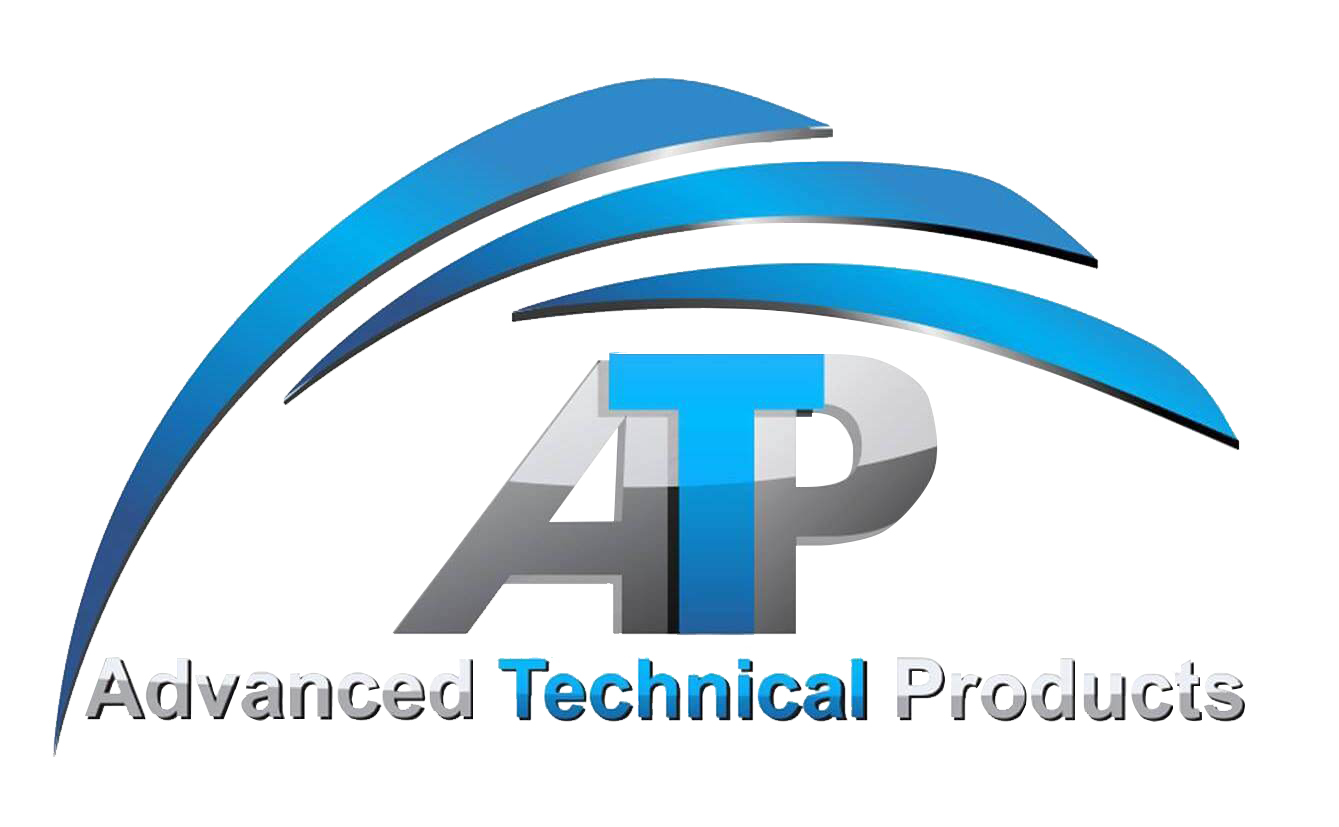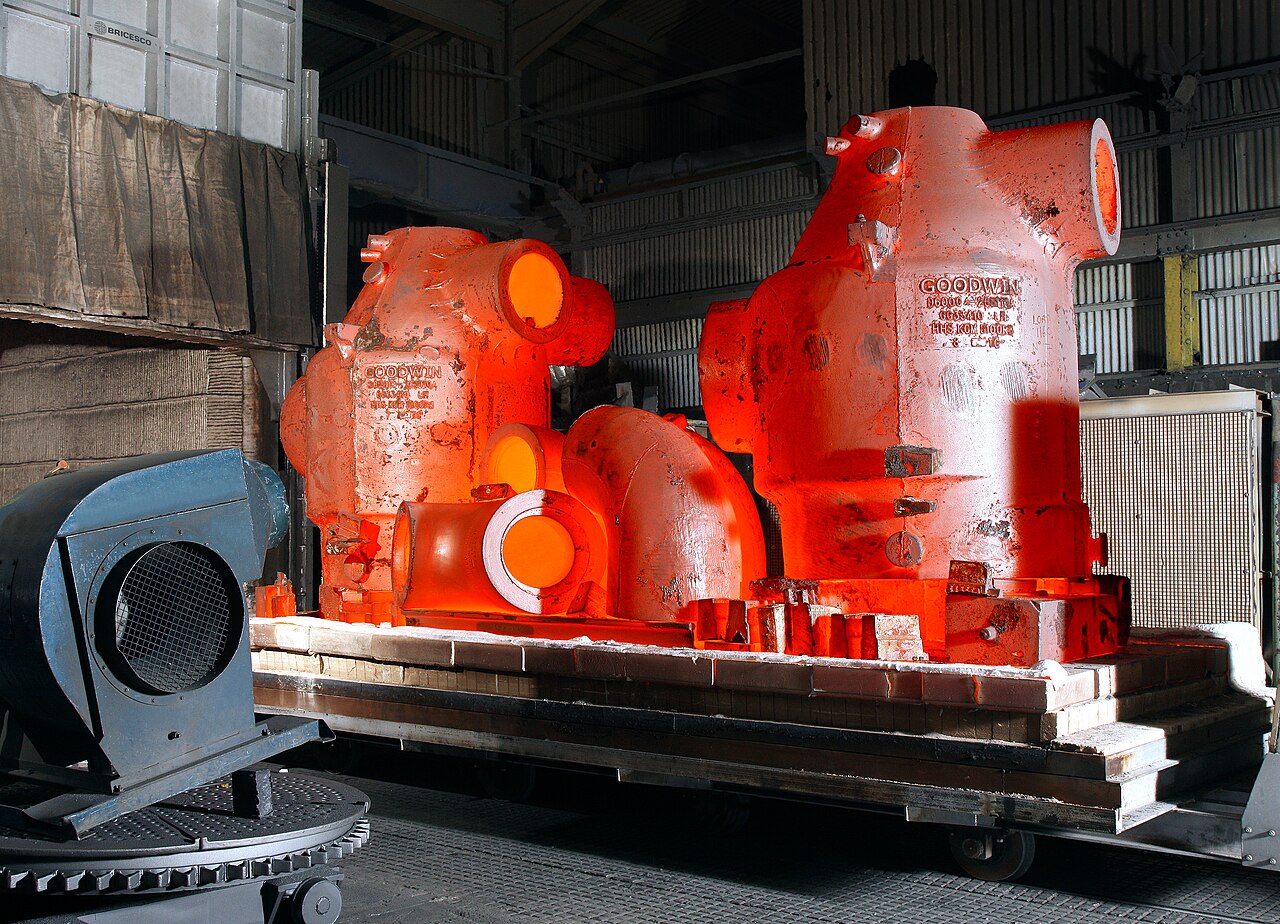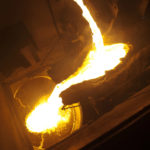According to the comprehensive information provided on Wikipedia’s “Heat Treating” page, different types of heat treatment play a crucial role in optimizing the mechanical properties of alloys, especially in industries like aerospace where precision is paramount.
Annealing: Annealing involves heating a metal to a specific temperature and then gradually cooling it to refine its microstructure. This technique is commonly used to soften metals for cold working, enhance machinability, or improve properties like electrical conductivity. For instance, ferrous alloys are often fully or partially annealed to remove hardness resulting from cold working. Non-ferrous heat-treatable alloys also benefit from various annealing techniques for microstructural refinement.
Normalizing: Normalizing aims to achieve uniform grain size and composition across an alloy. This process is particularly applied to ferrous alloys that are austenitized and then air-cooled. Normalizing produces pearlite, martensite, and occasionally bainite, enhancing steel strength while sacrificing some ductility.
Stress Relieving: Stress-relieving eliminates internal stresses caused by processes like cold working or uneven cooling. By heating a metal below its lower critical temperature and cooling uniformly, stress-relieving effectively counteracts such stresses. This technique is crucial for items like pressure vessels, ensuring their structural integrity after welding.
Aging: Precipitation hardening metals undergo aging to enhance strength. After quenching, alloying elements remain in solution, resulting in a softer metal. Aging allows these elements to form intermetallic particles, reinforcing the alloy’s strength. Some alloys age naturally at room temperature, while others age artificially at elevated temperatures. Examples include aluminum alloy series 2000, 6000, and 7000, as well as superalloys and certain stainless steels.
Advanced Technical Products offers an array of heat treatment solutions to meet industry demands and enhance material properties.
Click here to learn more about Advanced Technical Products.Photo and article with all rights reserved, courtesy of www.wikipedia.org






